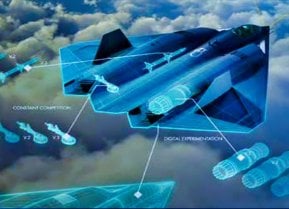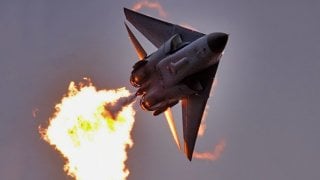F-111 Aardvark: The U.S. Air Force's Strike Anything Bomber
The F-111 "Aardvark," introduced during the Cold War, was a groundbreaking multirole attack aircraft considered by some as the "F-35 of its day."
Summary and Key Points: The F-111 "Aardvark," introduced during the Cold War, was a groundbreaking multirole attack aircraft considered by some as the "F-35 of its day."
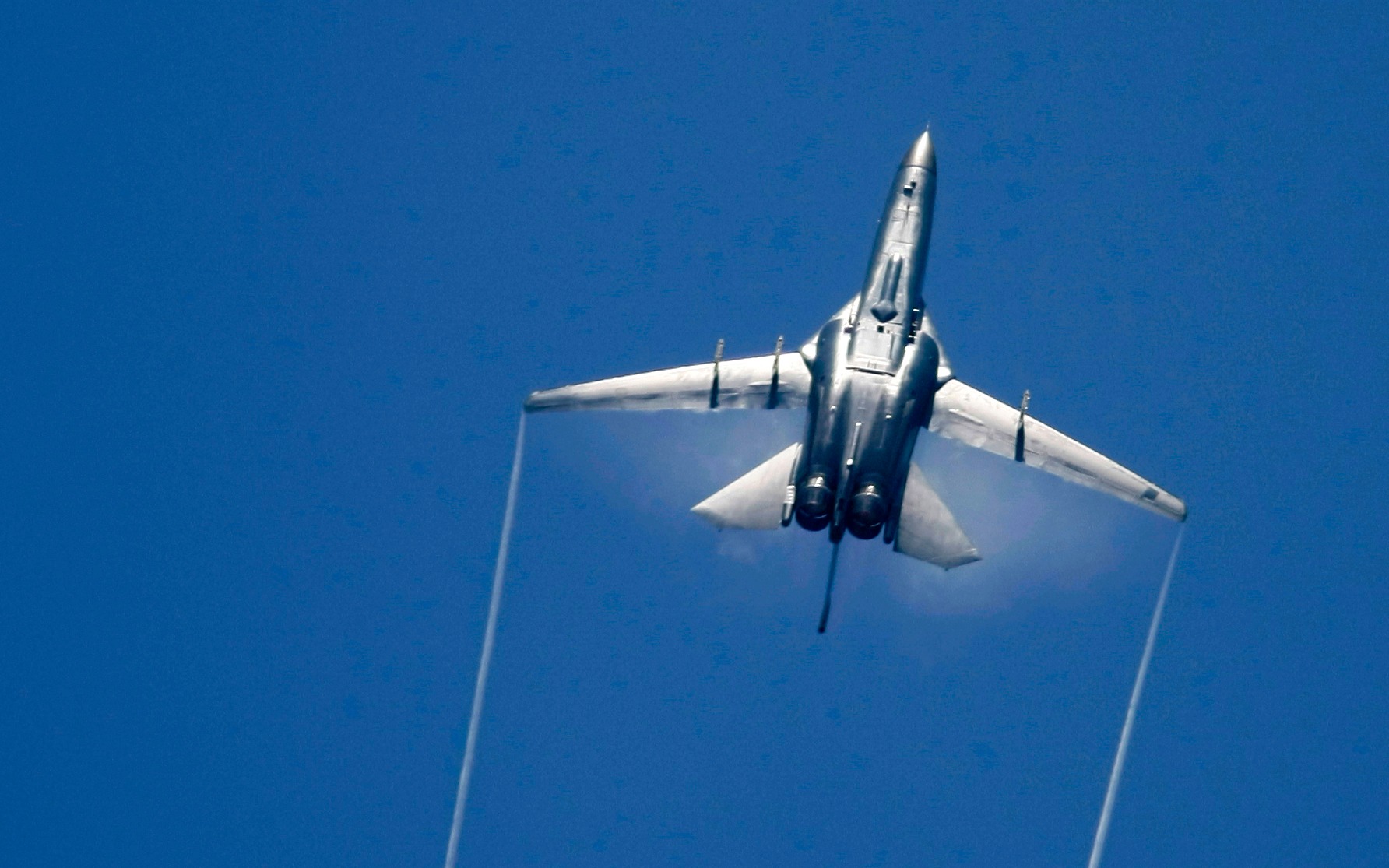
-Developed to address the shortcomings revealed by the U-2 spy plane's vulnerability, it featured powerful TF30 turbofan engines and a substantial bomb load capacity. Despite initial deployment issues in the Vietnam War, the F-111 proved highly effective in subsequent missions.
-It played a key role in operations such as El Dorado Canyon, including the longest fighter combat mission in history, covering nearly 6,400 miles.
-The F-111 remains a legendary platform remembered by aviation enthusiasts and military experts.
F-111 Aardvark: The Cold War's Multirole Game Changer
During the Cold War, the introduction of the American-made F-111 “Aardvark” was considered a game changer. As the first aircraft to incorporate specific design features to make it multirole capable, the pioneering attack plane perhaps represented something akin to the “F-35 of its day” when it first flew the skies.
While the platform has been retired for nearly three decades, aviation buffs and military experts alike still remember the Aardvark as a legendary platform.
A Brief Overview of the F-111’s History
As tensions continued to mount during the Cold War, the United States and USSR were both eager to develop and field the latest in military technologies across the board. The American-made U-2 “spy plane” was tasked with flying over Soviet airspace to gather intelligence.
When one of these reconnaissance planes was shot down over the USSR in 1960 by a new Soviet-designed surface-to-air missile that could reach higher altitudes, U.S. officials were blindsided. In order to rectify this glaring shortcoming, American engineers got to work developing a fighter-bomber capable of undertaking deep strike and interdiction missions.
As a result of this effort, two distinct variants were created for both the Air Force and Navy. Although the Navy program was ultimately nixed, the Air Force went on to develop the F-111 fighter.
Specs & Capabilities of F-111
Two fuel-efficient and mighty TF30 turbofan engines equipped with new afterburning technology powered the Aardvark. In terms of ordnance, this is where the new multirole fighter really shined.
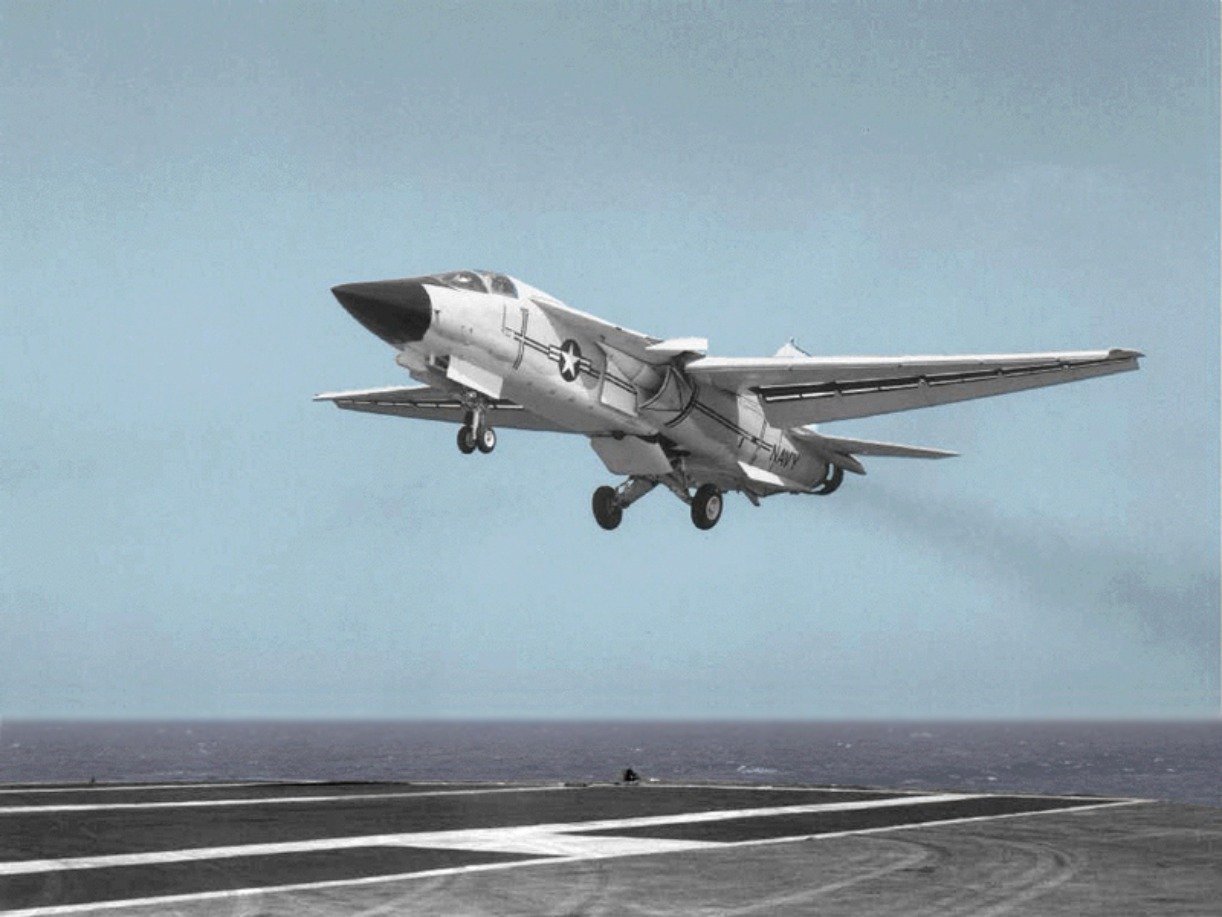
A hefty fuselage could accommodate bomb loads up to 31,000 pounds and fuel for missions up to 2,500 miles long, as explained by subject matter expert Kris Osborn. Within its internal weapons bay, the F-111 could sport an M61 Vulcan 20mm cannon until this capability was removed in the early 1980s.
As detailed by Air Force Technology, “The internal bay could carry Mk 117 type (340kg) bombs and up to Mk 118 (1,400kg) was cleared. The F-111 could carry various free-fall nuclear weapons such as B43, B57 and B61 bombs. The F-111 could not carry any external weapons due to its fuselage design. The F-111C can launch AGM-142 Popeye stand-off missile, AGM-84 Harpoon anti-ship missile and AGM-88 HARM anti-radiation missile.”
Operational History
Although the F-111’s initial deployment in the Vietnam War was short lived due to a significant wing stabilizer flaw, this issue was quickly fixed, and the airframe would be redeployed to support U.S troops in the conflict.
The Aardvarks were also used against the North Vietnamese air defenses subsequently, proving to be quite the capable platform. In fact, of the 4,000 missions the Aardvark flew above Indochina during this period, only six units were ever lost. The F-111s were later deployed during Operation El Dorado Canyon when they were used to carry out airstrikes in Syria.
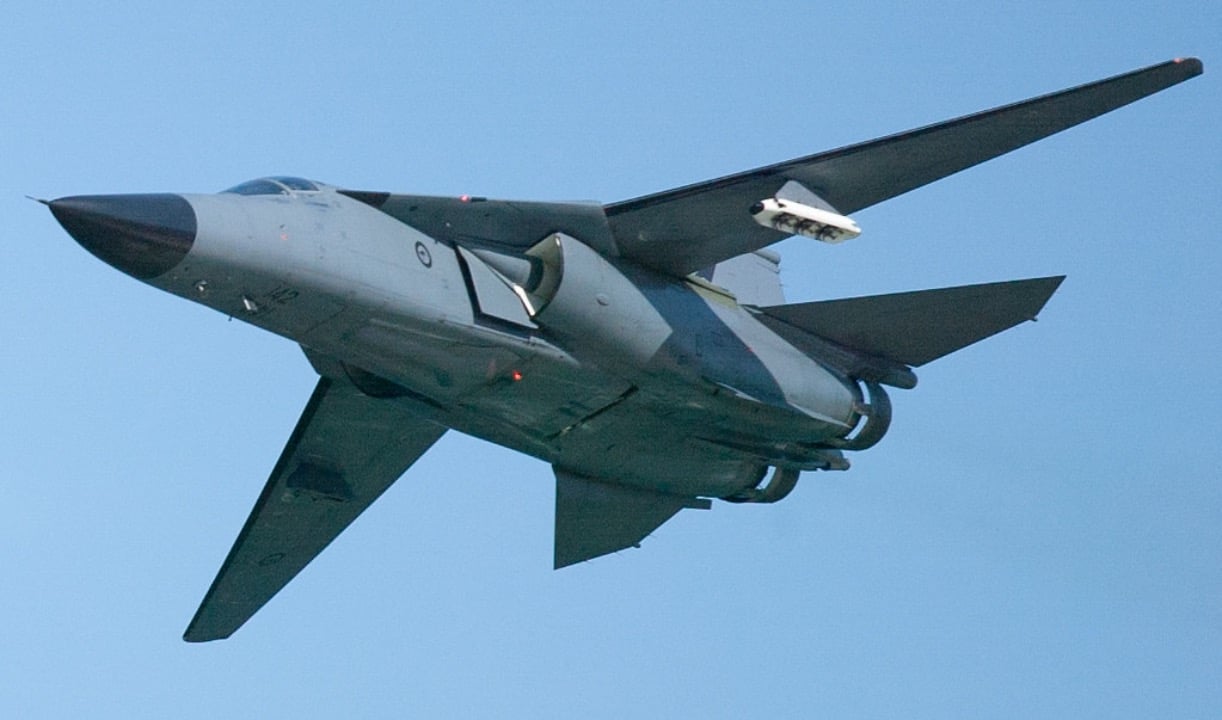
The F-111 notably made the longest fighter combat mission in history when it flew nearly 6,400 miles over thirteen hours from Royal Air Force Lakenheath and Royal Air Force Upper Heyford in the UK to Libya.
About the Author: Defense Expert Maya Carlin
Maya Carlin, National Security Writer with The National Interest, is an analyst with the Center for Security Policy and a former Anna Sobol Levy Fellow at IDC Herzliya in Israel. She has by-lines in many publications, including The National Interest, Jerusalem Post, and Times of Israel. You can follow her on Twitter: @MayaCarlin.
All images are Creative Commons or Shutterstock.
From the Vault
Russia Freaked Out: Why the U.S. Navy 'Unretired' the Iowa-Class Battleships
Battleship vs. Battlecruiser: Iowa-Class vs. Russia's Kirov-Class (Who Wins?)
